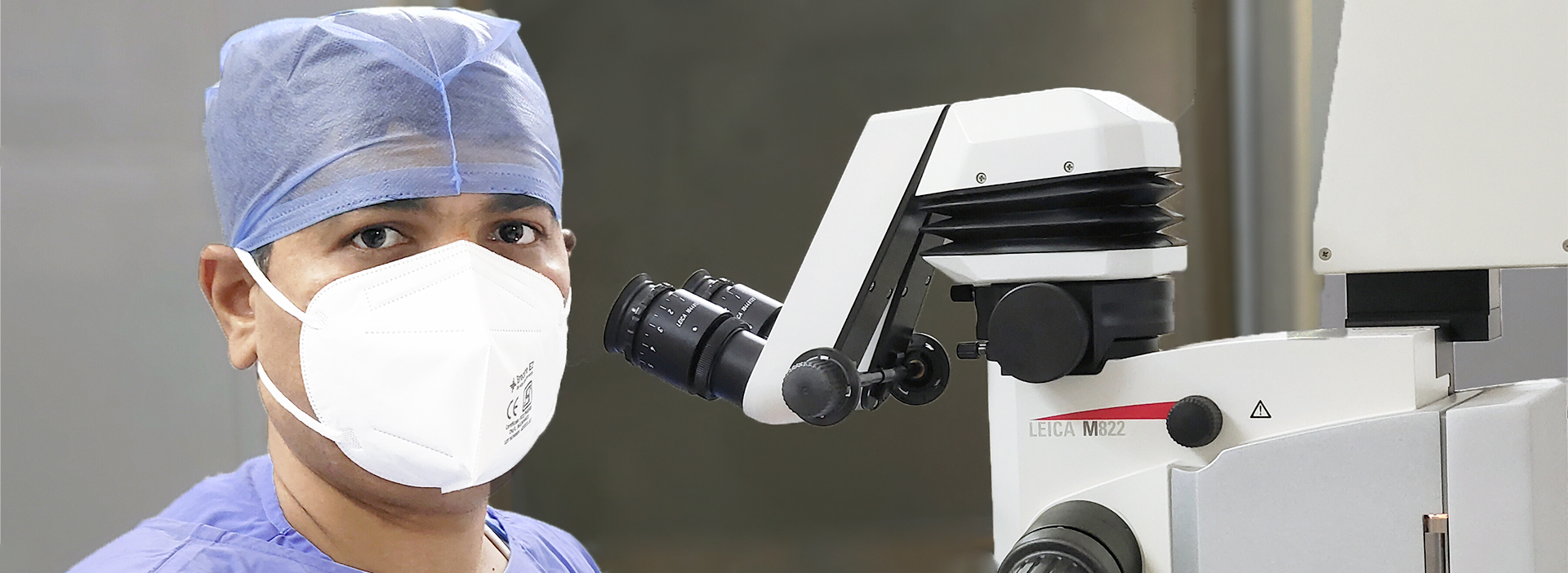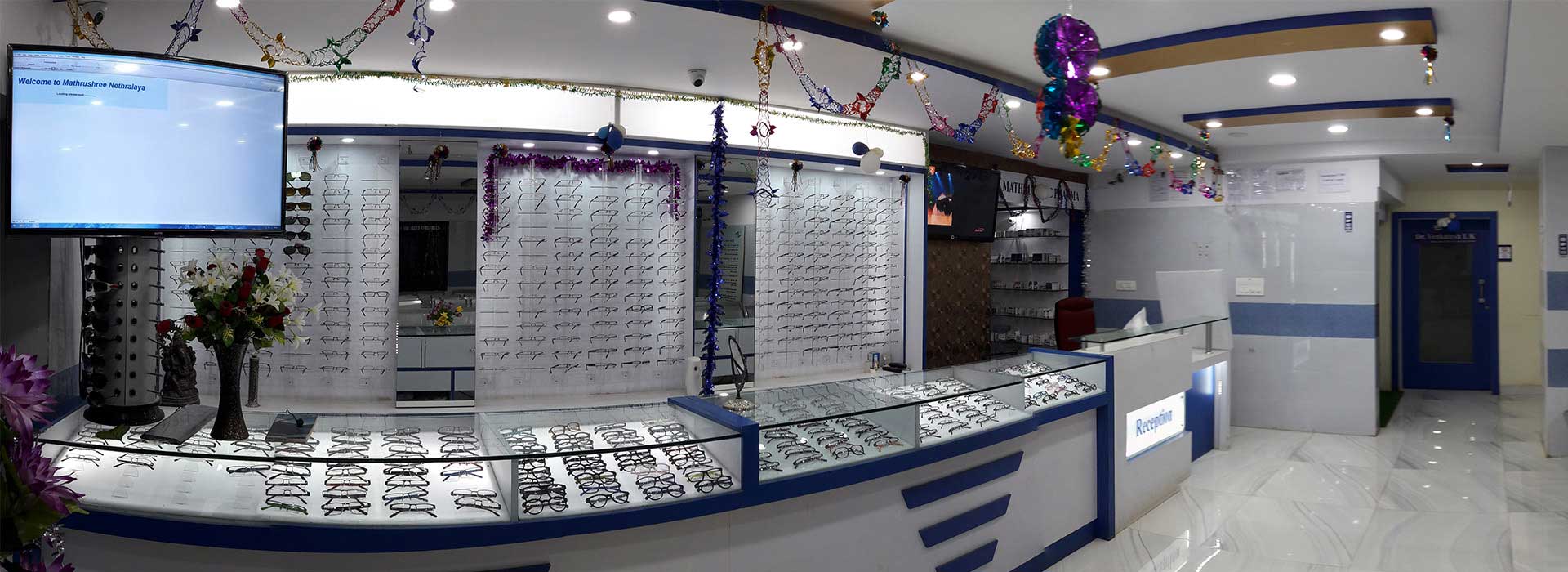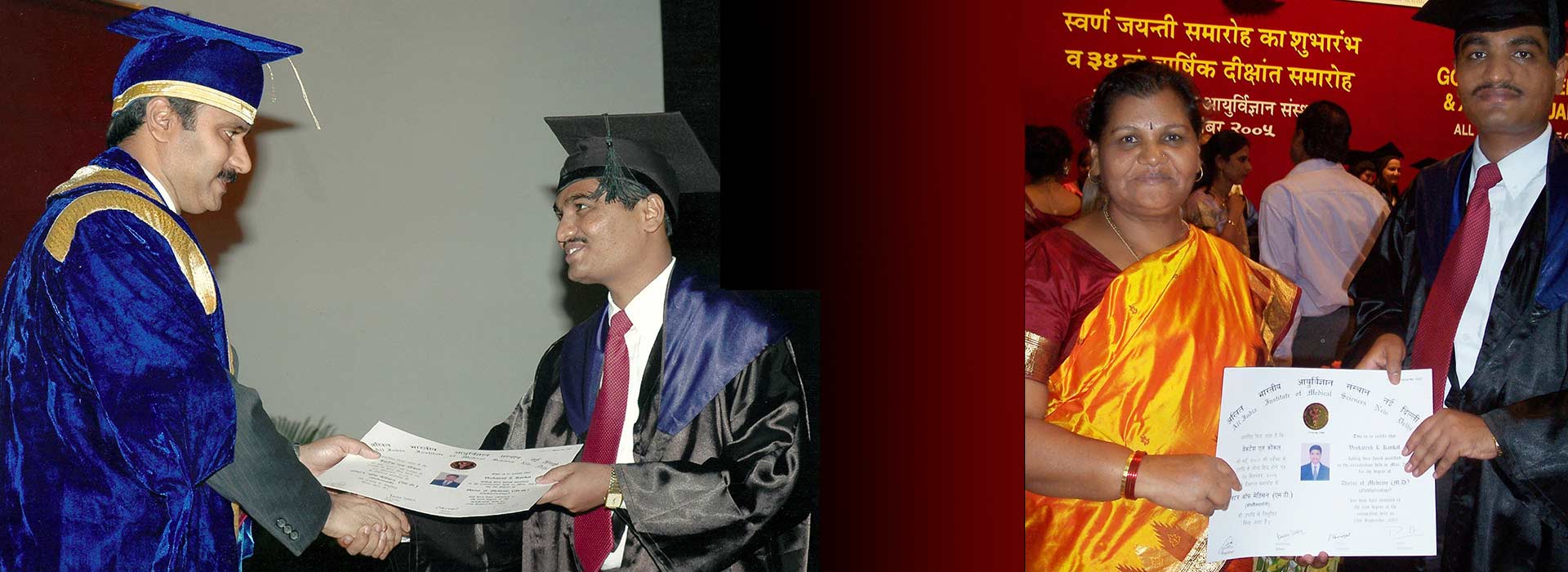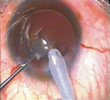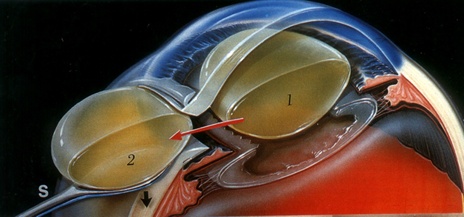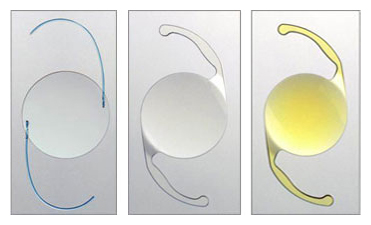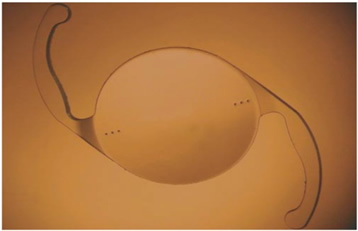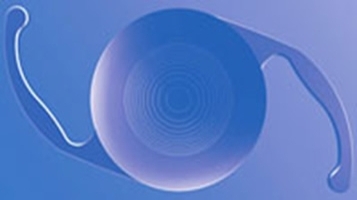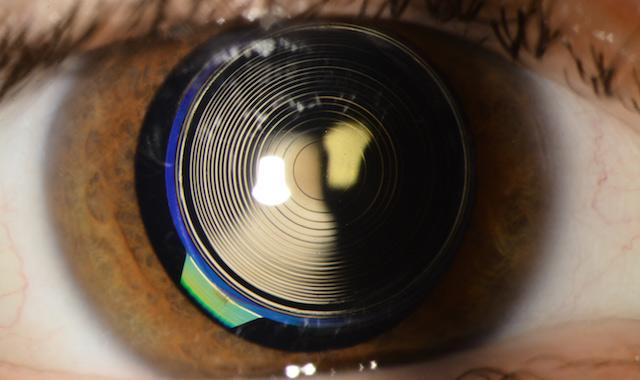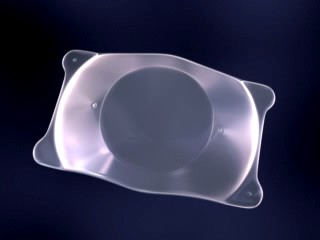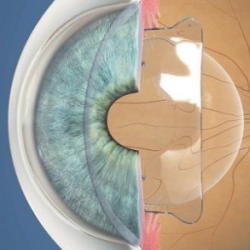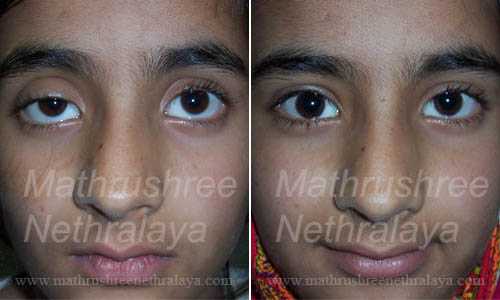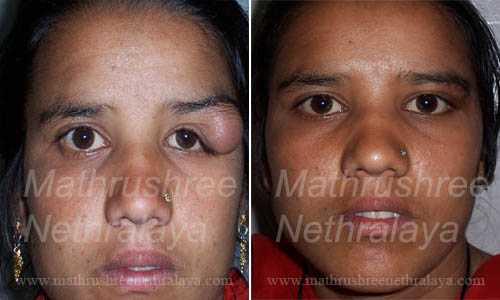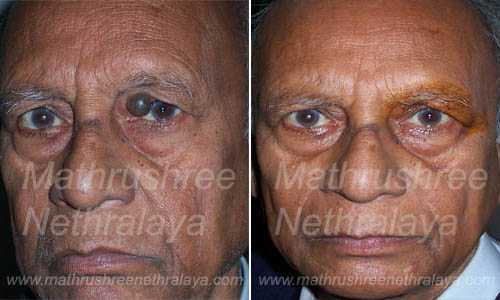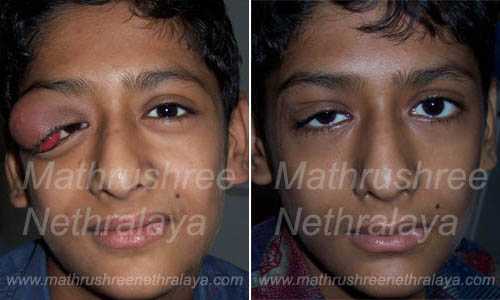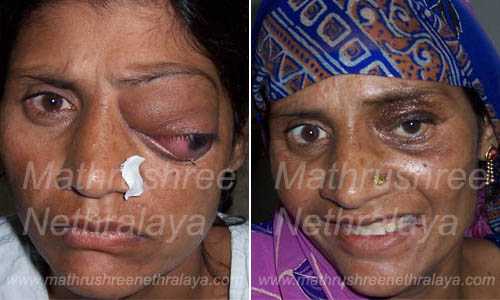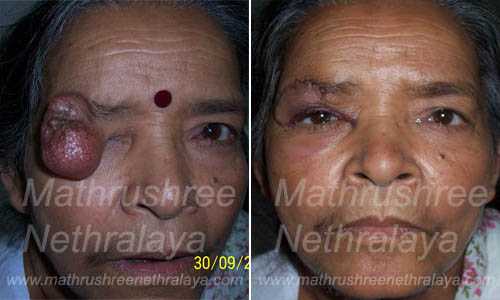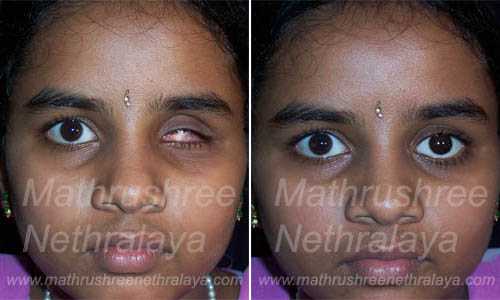Cataract and Refractive Services
Cataract
Cataract means cloudy areas in the lens inside the eye - which is normally clear. Cataract can develop in one or both eyes. If they develop in both eyes, one will be more severely affected than the other. A normally clear
lens allows light to pass through to the back of the eye, so that the patient can see well-defined images. If a part of the lens becomes opaque light does not pass through easily and the patient's vision becomes blurry - like
looking through cloudy water or a fogged-up window. The more opaque (cloudier) the lens becomes, the worse the person's vision will be.
There are two types of cataracts:
- Age related cataracts - they appear later in life;the most common form.
- Congenital cataracts (childhood cataracts) - these may be present when the baby is born, or shortly after birth. Cataracts may also be diagnosed in older babies and children - these are sometimes referred to as
developmental, infantile or juvenile cataracts.
A patient with cataracts will eventually find it hard to read, or drive a car - especially during the night. Even seeing people's facial expressions becomes difficult. Cataracts are not usually painful. The patient's long-distance
vision is more severely affected at first.
Treatment for cataracts
If the patient is found to be only mildly affected surgical treatment may not be needed. During its early stages, stronger glasses and brighter lights may help improve vision. The cloudy lens is removed from the eye and an artificial
clear plastic one is put in its place - an intraocular implant (intraocular lens). At our centre we perform cataract operations without any injection, no bandage, no stitch, day care surgery. Cataract operations
are performed as keyhole surgery. The surgery will be done under topical anesthesia. The operation is commonly known as phacoemulsification or phaco extracapsular extraction. Laser surgery is not used for cataract procedures.
Various types of replacement lenses may be used:
- Monofocal lens - this is a fixed-strength lens which is set for one level of vision - usually distance vision. There are various forms of monofocal lens design
- Spherical lens - biconvex lens
- Aspheric design - it corrects peripheral spherical abberations
- 360 degree square edge - this helps to reduce posterior capsular opacification (PCO)
- Hydrophilic lens - on these lenses deposits can occur on the surface in case of any ocular inflammation
- Hydrophobic lens - these lenses repel any deposits on the surface
- 3-piece lens- Optic and haptic are made up of different material
- Single-piece lens- Optic and haptic are made up of same material
- Yellow lens- these lenses block blue rays
- Toric lens - this type of lens corrects both the spherical and cylindrical aspects of distant vision
- Multifocal lens - this type of lens may have two or more different strengths;near and distance vision
Which is the best IOL?
Hydrophobic monofocal IOL with aspheric design with 360 degree square edge
Implantable Collamer Lens
Implantable collamer lens or ICL, called by its manufacturer Visian ICL, is a soft, flexible gel-lens used in refractive surgeries for the permanent correction of myopia (nearsightedness), made of a collagen
copolymer material, named by combining "collagen"and "polymer". The ICL procedure is a popular alternative to LASIK and PRK since it requires no removal of the corneal tissue and reportedly produces better visual results
The ICL procedure is a type of refractive surgery performed by an ophthalmologists in which the ICL is surgically implanted inside the eye, where it resides permanently. The ICL requires no maintenance after the procedure and functions
very similarly to contact lenses in improving visual acuity. For most patients, ICL provides permanent freedom from eyeglasses or contact lenses
LASIK
LASIK (Laser-Assisted in Situ Keratomileusis), commonly referred to as laser eye surgery, is a type of refractive surgery for the correction of myopia, hyperopia, and astigmatism. The LASIK surgery is performed by an ophthalmologist
who uses a laser or microkeratome to reshape the eye's cornea in order to improve visual acuity. For most patients, LASIK provides a permanent alternative to eyeglasses or contact lenses. Major side effects include halos, starbursts,
night-driving problems, keratoconus (corneal ectasia), and eye dryness.
LASIK is most similar to another surgical corrective procedure, photorefractive keratectomy (PRK), and both represent advances over radial keratotomy in the surgical treatment of refractive errors of vision. For patients with moderate
to high myopia or thin corneas which cannot be treated with LASIK and PRK, the phakic intraocular lens is an alternative.

Dr. Venkatesh L K
MD(Ophth)(AIIMS)(Gold Medal), DNB, FRCS (Glasgow), Ex-Senior Registrar (AIIMS) in Oculoplasty, Orbit, Ocular Oncology & Pediatric Ophthalmology
